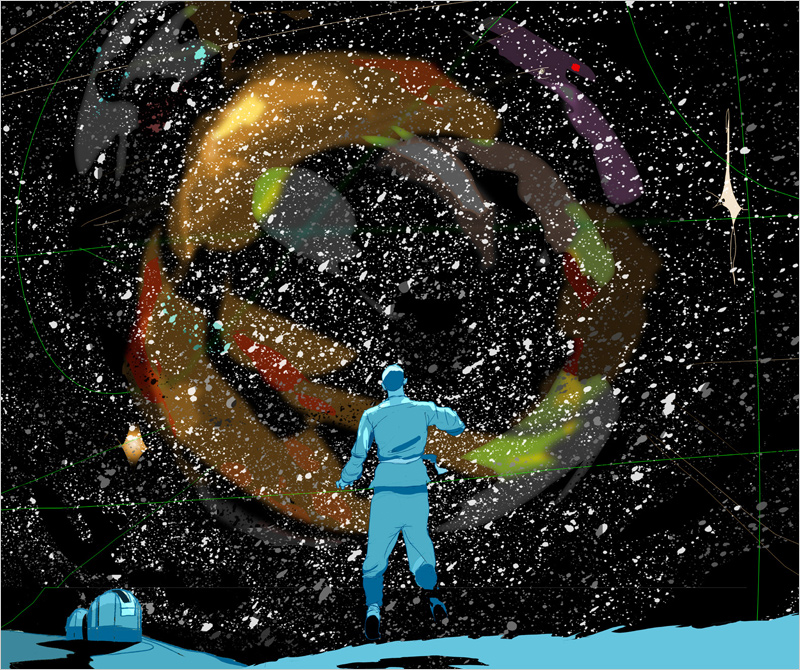Relationship Between Consciousness And witnessing
Witnessing is a state, and consciousness is a means toward witnessing. If you begin to be conscious, you achieve witnessing. If you begin to be conscious of your acts, conscious of your day-to-day happenings, conscious of everything that surrounds you, then you begin to witness.
Witnessing comes as a consequence of consciousness. You cannot practice witnessing; you can only practice consciousness. Witnessing comes as a consequence, as a shadow, as a result, as a by-product. The more you become conscious, the more you go into witnessing, the more you come to be a witness. So consciousness is a method to achieve witnessing. And the second step is that witnessing will become a method to achieve awareness.
So these are the three steps: consciousness, witnessing, awareness. But where we exist is the lowest rank: that is, in unconscious activity. Unconscious activity is the state of our minds.
Through consciousness you can achieve witnessing, and through witnessing you can achieve awareness, and through awareness you can achieve “no achievement.” Through awareness you can achieve all that is already achieved. After awareness there is nothing; awareness is the end.
In awareness you lose the witness and only witnessing remains: you lose the doer, you lose the subjectivity, you lose the egocentric consciousness. Then consciousness remains, without the ego. The circumference remains without the center.
This circumference without the center is awareness. Consciousness without any center, without any source, without any motivation, without any source from which it comes – a “no source” consciousness – is awareness.











